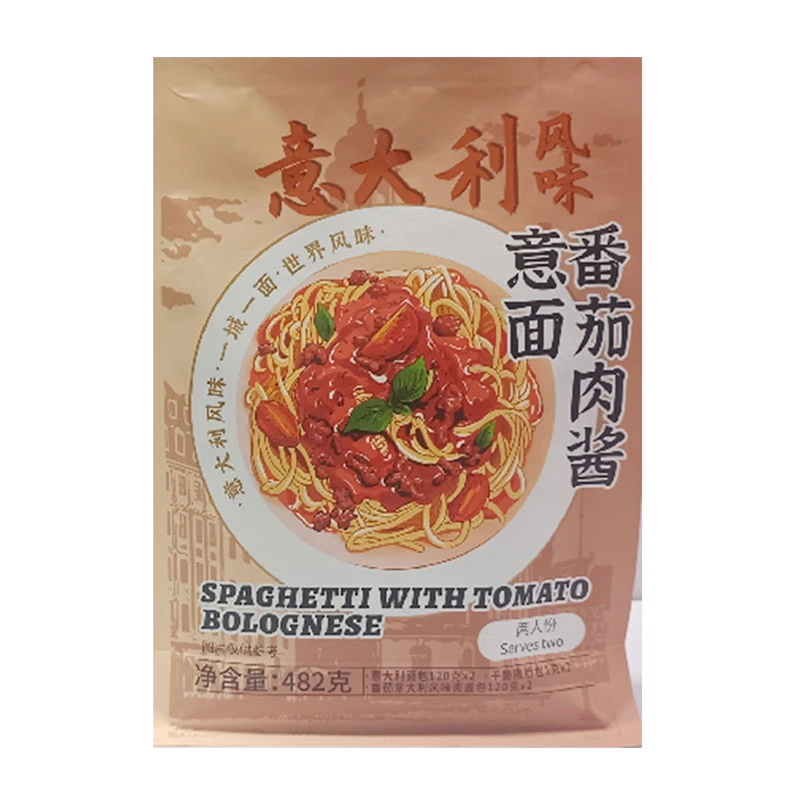Refreshing Korean Noodles Perfect for Hot Summer Days and Delicious Flavor
Exploring Korean Cold Noodles A Culinary Delight
Korean cold noodles, known as Naengmyeon, are a refreshing dish that has captured the hearts and taste buds of many both within Korea and beyond. Traditionally served in a chilled broth, Naengmyeon is especially popular during the hot summer months, offering a delightful way to cool down while enjoying a flavorful meal.
Origins and Variations
The origins of Naengmyeon can be traced back to the northern regions of Korea, especially around Pyongyang. Historically, it was a dish enjoyed by the upper class, often made with buckwheat noodles. There are two primary types of Naengmyeon Mul Naengmyeon and Bibim Naengmyeon.
Mul Naengmyeon is served in a chilled broth made from beef or a tangy dongchimi (radish water kimchi) broth. The noodles are typically garnished with slices of cucumbers, pickled radish, and a boiled egg. The coldness of the broth provides a refreshing counterpoint to the chewy texture of the noodles, making each bite a tantalizing experience.
On the other hand, Bibim Naengmyeon is a spicier version served without broth. Instead, it features a rich, spicy sesame sauce that coats the noodles beautifully. This variation is often topped with vegetables, shredded meat, and sometimes a drizzle of gochujang (Korean red chili paste) for an extra kick. Each type has its own unique charm, and both are must-tries for anyone seeking a genuine Korean culinary experience.
The Perfect Ingredients
The key to a great bowl of Naengmyeon lies in the quality of its ingredients. Traditionally, the noodles are made from buckwheat, giving them a distinctive nutty flavor and chewy texture. This gluten-free grain not only enhances the dish's taste but also adds a healthy profile, making Naengmyeon a guilt-free indulgence.
The broth for Mul Naengmyeon can vary, but the most common base includes beef broth or dongchimi, which is fermented radish water that imparts a tangy flavor. Fresh garnishes, such as sliced cucumbers, are essential not only for presentation but also for adding crunch and freshness to the dish. A sprinkle of sesame seeds and a dollop of mustard or vinegar can elevate the flavors, giving a personalized touch that enhances the dining experience.
korean cold noodles

Cultural Significance
Naengmyeon is more than just a meal; it is deeply ingrained in Korean culture. Often enjoyed during celebrations and special occasions, it symbolizes longevity and prosperity. In Korea, it is customary to serve Naengmyeon at birthday parties as a way of wishing the celebrant a long and healthy life.
Moreover, the dish has gained recognition internationally, with numerous Korean restaurants around the world featuring Naengmyeon on their menus. This has contributed to the global spread of Korean cuisine, showcasing the diverse flavors and textures that can be found in one bowl of noodles.
Cooking Naengmyeon at Home
Making Naengmyeon at home can be an enjoyable culinary adventure. While many may opt for store-bought noodles, it is entirely possible to make them from scratch, using buckwheat flour and water. Preparing the broth can also be tailored to individual tastes, and one can adjust the spice levels in Bibim Naengmyeon based on personal preference.
For those who prefer convenience, many supermarkets now offer pre-packaged Naengmyeon kits, which include noodles and seasoned broth, making it easier than ever to enjoy this delightful dish at home. The process of preparing and serving Naengmyeon can be a fun family activity, promising both delicious results and lasting memories.
Conclusion
Korean cold noodles are a cherished dish that embodies the rich culinary landscape of Korea. Whether you enjoy the refreshing experience of Mul Naengmyeon or the spicy kick of Bibim Naengmyeon, this dish is sure to leave a lasting impression. Perfect for hot summer days or as a delightful treat any time of the year, Naengmyeon stands as a testament to the artistry and tradition of Korean gastronomy.
-
Unleash Your Inner Chef with Delectable Italian Pasta CreationsNewsAug.01,2025
-
Savor Health and Flavor: Irresistible Soba Noodles for Sale Await!NewsAug.01,2025
-
Nourish Your Body with Premium Organic Ramen - A Culinary Delight AwaitsNewsAug.01,2025
-
Elevate Your Dishes with Our Exquisite Kinds of Egg NoodlesNewsAug.01,2025
-
Dive into Flavorful Convenience with Our Ramen OfferingsNewsAug.01,2025
-
Discover Exquisite Types of Naengmyeon and Chilled Soba NoodlesNewsAug.01,2025
-
Is Whole Wheat Pasta Healthy?NewsMay.30,2025
Browse qua the following product new the we

















































































































